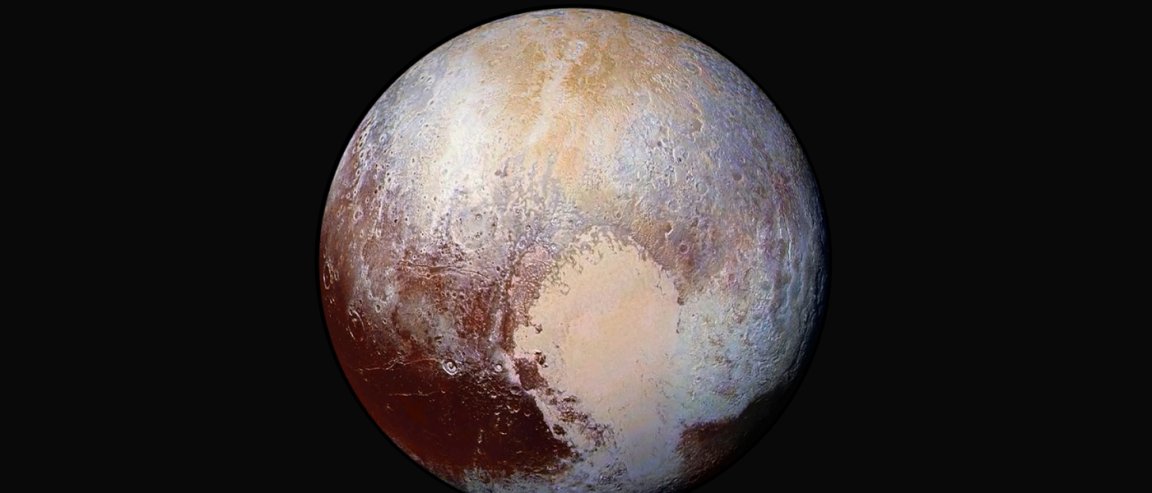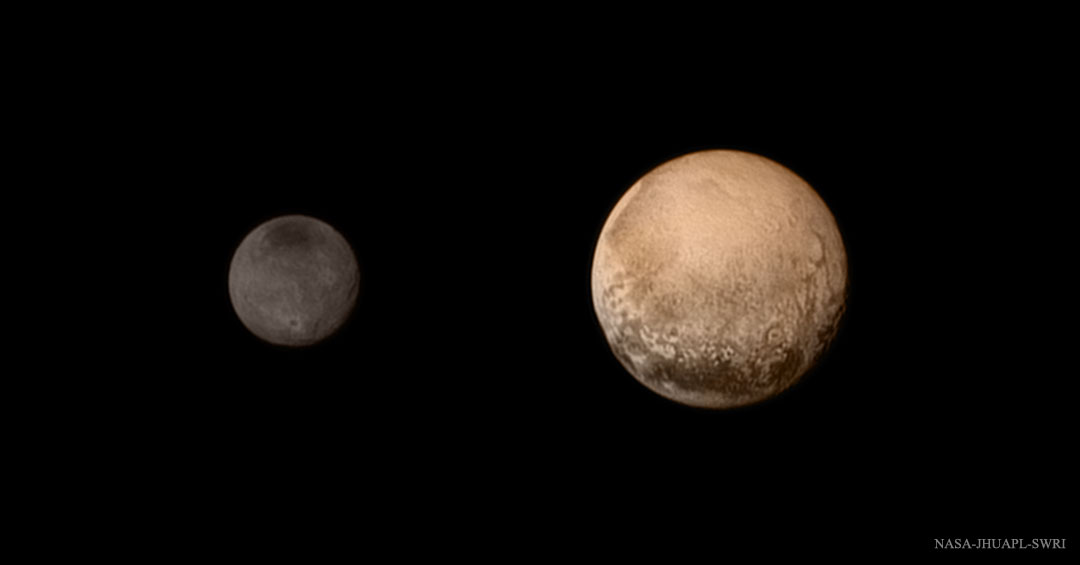
Heart of the Ocean
Pluto’s little heart just keeps beating and calling out to us. Since New Horizons’ flyby last year, the dwarf planet has been making a comeback in scientific circles. Now, new research from NASA suggests a subsurface ocean of water likely exists on Pluto.
On the western half of the Pluto’s heart is the Sputnik Planum, a flat basin made primarily of frozen nitrogen. It so happens that Pluto rotates in a way that the heart and its largest moon, Charon, are always facing each other, or tidally locked. This position implies that there must be a positive mass anomaly at Pluto’s heart— the mass on that side must be more concentrated to account for Charon’s constant pull.
Brown University geologist and lead author of the study, Brandon Johnson, said this initially made no sense, as Pluto’s heart was a “hole in the ground,” or a negative anomaly.

Surprising Results
Johnson’s team ran simulations of the asteroid blasts: a 200 km (125 mi) asteroid punching out Pluto’s surface would have created the Sputnik Planum basin. In response, the interior layers welled up to fill the dent. However, a nitrogen ice layer would not be enough to give the Sputnik Planum the positive mass anomaly observed. A denser material had to move up to explain Pluto’s weight distribution.
“This scenario requires a liquid ocean,” Johnson said. “This ocean layer of at least 100 kilometers has to be there. It’s pretty amazing to me that you have this body so far out in the solar system that still may have liquid water.”
Typically, the suggestion of liquid water equates to the potential for life. While no one is commenting on this possibility quite yet, scientists are happy to learn a bit more about one of our farthest neighbors. Perhaps, Pluto isn’t so different from our home planet after all.